you have etched an image onto it
.
(by exposing part of the plate to nitric acid - the part that you want to be the image)(you've done this by masking the parts of the plate that you don't want to be inked. . . using, for example, hard/soft ground and "scratching" your image thru the "ground")(the "ground" is a kind of wax, which protects the surface of the zinc from the acid)
(by exposing part of the plate to nitric acid - the part that you want to be the image)(you've done this by masking the parts of the plate that you don't want to be inked. . . using, for example, hard/soft ground and "scratching" your image thru the "ground")(the "ground" is a kind of wax, which protects the surface of the zinc from the acid)
(I put "scratching" in inverts, because you can actually scratch the zinc per se, this is called dry point, to create an indentation that will hold the ink; when you use "ground" it is not so much the fact that you have scratched the plate that makes the indentation but the fact you have removed the mask from the plate and thus the acid can "bite" thru the the gap in the mask and into the plate - it only bites where the ground has been removed. . .)(. . .if you used dry point you would not need to etch your plate by using acid, because you have already created an indentation in the metal when you scratched it)
.
.
(hard ground and soft ground are both applied to the zinc plate in the same way: by putting the plate onto a heated surface - hot for hard, not so hot for soft - and rolling the ground on with a rubber roller, such that the whole of the surface of the plate is covered in a mask of wax)(the difference between hard and soft is that you have to scratch hard off, but soft is soft and so it is easy to make an impression in it - for example you can remove it with a paint brush if you want a stroke effect or use it to add textures to your plate, say by laying fabric or leaves or a feather or textured paper onto the plate and then rolling over the plate with a rubber roller which makes the impression of the item/texture that you chose in the soft ground)
.
.
with me so far?
.
good!
.
good!
.
(I'm not going to bother to check with those people at the back,
because they never pay attention
- and, when they do, they don't comment anyhow)
because they never pay attention
- and, when they do, they don't comment anyhow)
.your shiny metal plate (oh! I forgot to say that you have to degrease it with some kind of chalky stuff dissolved in ammonia first, and clean the ground off once the plate has been in the acid)(very important degreasing and removing the ground)(ground is white spirit based, so that's what you use) now has an image on it - created by the indentations you made in it. . .
.
. . .so you are ready to ink up
.
back on the hot surface spread the ink onto the plate with a square of card, take the plate off the heat and go over the surface of the plate - all over - with the card, to ensure that the ink is evenly spread and well down into the etched areas. . .
.
back on the hot surface spread the ink onto the plate with a square of card, take the plate off the heat and go over the surface of the plate - all over - with the card, to ensure that the ink is evenly spread and well down into the etched areas. . .
.
. . .of course, if you are me, this means that you're now covered in ink
.
.
covered
.
.
I digress
.
.
(see, this is when I loose the attention of the people shuffling in and out)
(I've never been good at crowd control)
(I've never been good at crowd control)
.
you then gently remove the excess ink with a sort of coarse open weave linen, called scrim
you then gently remove the excess ink with a sort of coarse open weave linen, called scrim
.
if you weren't covered in ink, you will be now
if you weren't covered in ink, you will be now
.
the scrim removes the ink from the top surface of the plate but leaves it in the etched parts
.
the scrim removes the ink from the top surface of the plate but leaves it in the etched parts
.
ok?
.
excellent!
excellent!
.
take your inked-up plate to the press; protect the surface of the press with some newsprint, place your plate (ink side up) on the newsprint. . .
.
take your inked-up plate to the press; protect the surface of the press with some newsprint, place your plate (ink side up) on the newsprint. . .
.
. . . place your pieces of chine collee (that's tissue paper for the uninitiated like me) onto the part of your image upon which you wish to see the paper, randomly perhaps - however you want
.
.
. . . gently put dabs of glue onto the tissue paper - very gently! too much and the glue will be squeezed thru the tissue paper with the tissues paper ending up sticking to the plate, too little and it won't stick to the finished piece
.
.
. . .place the paper that you will print your image onto onto the press/plate/tissue paper (the paper has been in a water bath, and then blotted, so it is damp) (and yes, I did mean to type onto onto!) and then cover with a sheet of tissue paper (ordinary tissue paper) (this protects the blankets of the roller of the press from any stray ink or moisture) and press (the verb! English is so confusing)
.
.
(the press is a huge solid metal bed upon which you plate your etched plate - whatever is on the bed is forced between a very very narrow gap and three thick blankets, by a roller - the pressure on the blankets caused by the metal bed going under the roller compresses the paper you are printing onto into the etched grooves on your zinc plate and the ink is transferred from one to the other)
.
.
keeping up?
.
fantastic!
fantastic!
.
once your plate and paper have been thru the press, you remove the top sheet of tissue, carefully take off the paper that you have printed your image on and press it between boards (so that it dries flat) and then you clean the ink off your plate with white spirit
.
once your plate and paper have been thru the press, you remove the top sheet of tissue, carefully take off the paper that you have printed your image on and press it between boards (so that it dries flat) and then you clean the ink off your plate with white spirit
.
what you now have is a piece of paper upon which is an image - printed in ink - and additional areas of colour, if you used coloured tissue paper (or, if you're like me, you used white tissue paper on white paper, which didn't show up - but the little specks of gold and silver leaf in the paper did!)
.
.
the tissue paper is so fine that it almost becomes part of the paper upon which the image is printed, so you can't really tell that it is "glued on"; it certainly doesn't look like that anyhow
.
.
but the thing to remember is that the tissue paper sticks to the paper you are printing your image onto, as that's what it was next to, and that the inked image is printed over the top of the tissue paper. . .
.
.
imagine a sandwich:
bread, butter, chutney, cheese
which falls onto the floor
bread, butter, chutney, cheese
which falls onto the floor
.
and sandwiches always land upside down. . . the bread is the etched plate, the butter is the ink, the chutney is the tissue and the slice of cheese is the paper: you peel the bread off the floor, and you see butter, then chutney and underneath a slice of cheese
.
and sandwiches always land upside down. . . the bread is the etched plate, the butter is the ink, the chutney is the tissue and the slice of cheese is the paper: you peel the bread off the floor, and you see butter, then chutney and underneath a slice of cheese
.
all you need to understand is this: when you put your etching thru the press you put the inked-up plate face up onto the bed of the press (as it is easier to place paper onto the metal plate than it is to position the metal plate on a piece of paper) (also, the paper you are printing onto needs to be squeezed up against the metal plate and this happens as it goes thru the press and its blankets; the blankets push the paper so hard to the plate that the ink comes out of the etched grooves and transfers to the paper; if the paper were on the bed of the press and the plate on top, you'd lose the squeezing caused by the blankets of the press). . . . . .thus whatever is on the top of the plate will be next to the surface of the paper that you've printed your etching on
.
.
yeah?
.
got it?
got it?
.
if not, tough. . .
ha ha ha
if not, tough. . .
ha ha ha
.
seriously: I need my ZZzzzzzzzzzzzzzzzzzzzzzzzz's (I'll explain again, if you still haven't understood)
seriously: I need my ZZzzzzzzzzzzzzzzzzzzzzzzzz's (I'll explain again, if you still haven't understood)





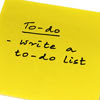
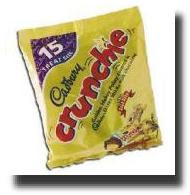

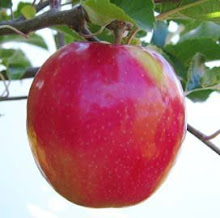


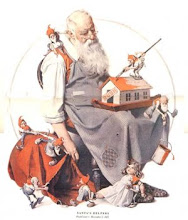
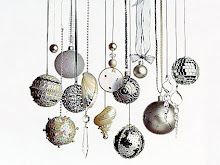
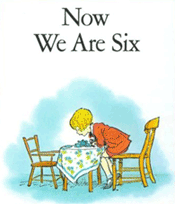



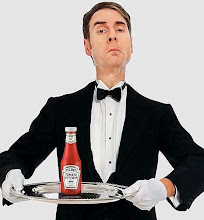
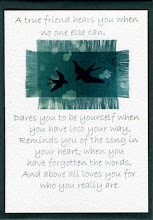

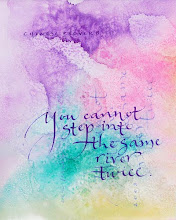
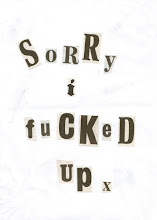
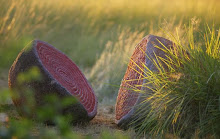

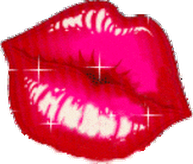
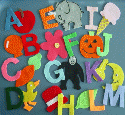
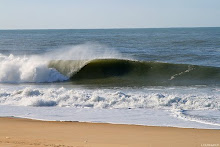






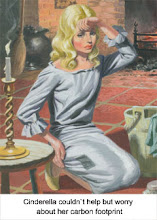

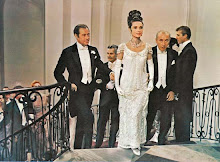
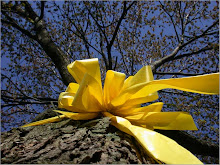



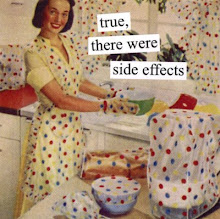
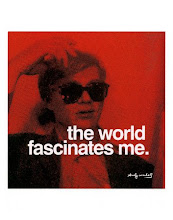
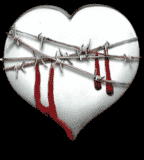





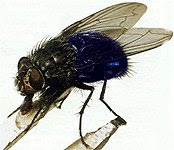


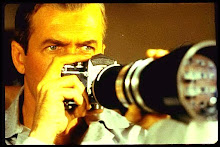





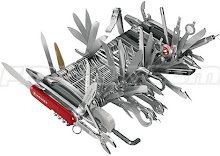

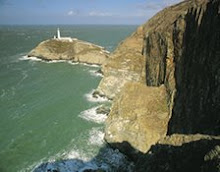
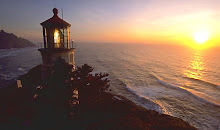



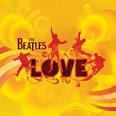


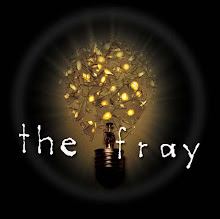
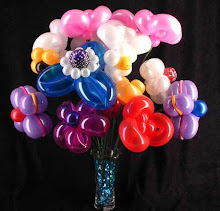



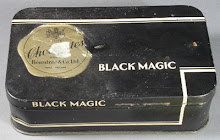



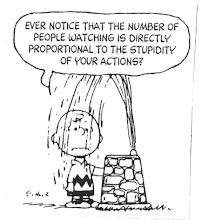
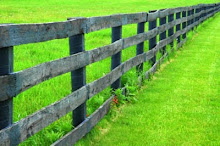

10 comments:
No, sorry, I didn't keep up. I don't want to do arts and crafts, and if necessary will get a note from my mum excusing me from it. Can I do extra English Lit. instead, please?
Mrs Dowdeswell was right, you know.
Ahhh, so the 'e' is silent! I get it (kind of)... before I didn't get that the tissue paper (not the ordinary type) would become PART of the other paper (sort of).
I get it! I get it!!
:-)
I think it was the sammich thingy and the information about the specks and flecks showing but the tissue paper blending into the paper!
:-)
I think I get it!
Please, though....can we have toasted marshmallows in celebration? :-)
Now.....RETAINING it is a whole 'nother thingy.
;-)
this lost me round about the being covered in ink bit - still it was fun!
You meant an open sanfwich, presumably, because proper sandwiches usually fall bread side down.
That was just to show I read to the end.
I did indeed dave, well spotted
being covered in ink is ok zigz, unless you get ink onto the right side of your paper (there is a right side and a wrong side, I'll explain that another time!)
mel understanding is the key, retention comes with practice (like most things); and YES we must have celebratory marshmallow toasting - maybe tomorrow at treat time. . .
shot good, glad it's clearer!
vicus being lazy, I assumed you were referring to the Mrs D who donated her late husband's papers to the University of Bath; she was number one on the google listings. . .
the account of your Mrs D only appeared at number 7 out of over 23,000 and didn't inspire me to literature I'm afraid
I almost chose a poem called Butterfly Kisses, but thought better of it, and instead chose a poem from someone to whom I am related
What I mostly remember about etching was that the image came out inside out or back to front or inverted in some way. Since I didn't understand it at the time, I can't quite remember which way now.
I think it was a mistake to try and rectify my earlier confusions by reading your (obviously very well understood) description.
The two didn't go together at all.
(Gone to the back to join the non-keepers-up)
welll, I might have been stretching it a little at upside down. . .
. . .it's only back to front really, and light to dark sometimes. . .
%-)
very cool...although I was distracted by butter chutney and cheese...??
you can order a new cord thingie online ya know...just so we could all benefit from the visual...
Post a Comment